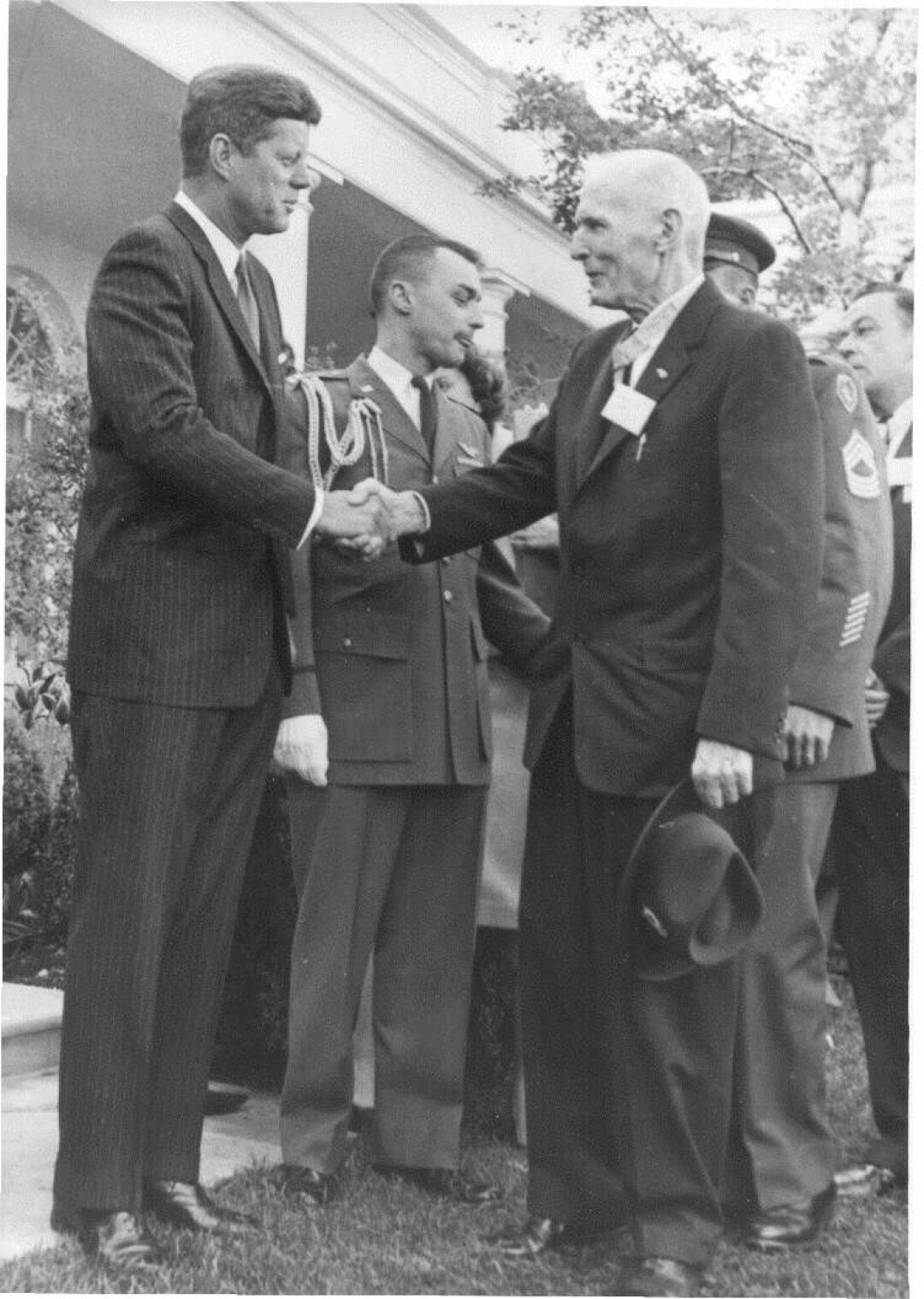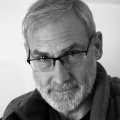Taking the boys to DC
 President John F Kennedy shakes the hand of George S. Robb at the unveiling the tomb of the unknown Korean War soldier.
President John F Kennedy shakes the hand of George S. Robb at the unveiling the tomb of the unknown Korean War soldier.
I came back from my 6th visit to Washington D.C a couple weeks ago. Claudia and I wanted to give our grandson’s, ages 13 and 15, the same civic lesson my Dad imparted when he took his family to DC in 1962. Sixty-five years on our nation’s future seems no more certain than it did under my childhood’s atomic clouds. Because or despite this focus on our Capitol I’ve tried to make it a more permanent home by putting my name on a ballot for Congress five times. A sixth attempt seems likely.
On my first visit my Dad’s widowed mother and my Mom’s widowed father tagged along in a two car caravan over the nation’s new Interstate Highways. My grandmother, Nana, gave me a notebook to write a journal. Over 16 days I kept track of the days of the week, the states we zipped through and notable sights we saw. Beach stops and hotel pools were always mentioned. Among a few fuzzy vacation photos we took are the tombs of Arlington’s National Cemetery’s unknown soldiers. There were two in 1962. My Dad’s race to DC and back was the start of his quest to get his children to all 50 states.
My more laid back wife and I showed our grandsons as many DC sites over six days as my Dad squeezed into two days!
Like me, my grandson’s will likely remember some distractions as well as the monuments. I remember Mom missing the Lincoln Memorial both times we drove past it on a roundabout because she was desperate not to lose sight of my Dad in the car ahead and Nana’s dismay at my grandfather’s stingy dime tips. She secretly added quarters to them when he wasn’t looking. He later told my Mom that Ruth Welty would end up living in penury.
Our boys will likely recall the naked man who walked out of an alley and the drenching rain that soaked us a block from our hotel. I hope they also remember Ford’s Theater which I have now visited four times.
Our visit in 1962 was a history lesson for my grandparents too. Nana traced her ancestry back to the Mayflower. Grandfather’s father was the last of my direct ancestors to reach America. Thomas Robb, was twelve when he landed in New York City on April 12th, 1861. That was the day South Carolina fired on Ft. Sumpter. By then African slaves had already been building America for 242 years. 162 years ago the Robbs were late comers.
All my journal says about my first and only visit inside the White House was, “the line we went to was several blocks long.” It was too much effort to add that the adults thought they saw JFK drive past in a limo. I was more upset about missing television’s comedian, Red Skelton, by 15 minutes at Lincoln’s Springfield, Illinois, residence. I complained about that in my journal.
Nine years later I became a summer intern in DC for Republican Congressman Ancher Nelsen. On my first day of work I passed through a newly installed metal detector. Anti-war protesters had blown up a toilet in the Capital a month earlier. No visit to DC is complete without a little drama. In 1982 we took our grandson’s mother to DC - my third visit. Keely was two. It was March and the Japanese Cherry Trees around the Tidal Basin were in glorious bloom. We snapped a photo of her in a tree so pink it would have made Barbie blush. On a fourth visit during a business trip with my wife I found my Dad’s wartime ship’s logs in the National Archives. It pinpointed the day Dad was given shore leave to walk over the fresh ash and debris of a flattened Hiroshima, Japan.
On a fifth trip, I walked past the office of Congressman Jim Oberstar. He was a Democrat I planned on challenging for a second time. I’d run against him in 1992 as an independent winning a token 7% of the vote. I thought I could better in 2006. I didn’t poke my head in to say hello to his staff. I didn’t want to be like the obnoxious constituent I took on a Capital tour as a summer intern.
In 1962 there was no tomb for an unknown Korean war soldier. Washington DC often takes its time to honor the past. It took 36 years to complete the Washington Monument.
The tomb for the Korean soldier’s tomb would be installed the following year. My grandfather received an invitation to be Jack Kennedy’s guest at the unveiling. It was also extended to the other 290 living winners of the Congressional Medal of Honor. In the newly planted Rose Garden Kennedy told his guests that President Theodore Roosevelt wanted every MOH to be awarded at the White House and to be handed out by the president.
That wasn’t how it was for George Robb. He was recovering in a military hospital near his Kansas home in 1919. When informed of his award Grandpa simply asked that it be mailed to him. The Army would have none of that and insisted on a grand occasion so Salina, Kansas, declared a holiday. It closed its schools, packed its streets and put bunting on the City’s band-shell so a General Sage could place the ice blue ribbon of the Medal of Honor around George Robb’s neck. Not everything special happens in our Nation’s Capitol.
Welty still has eyes for DC and blogs about it at: www.lincolndemocrat.com 949 words
